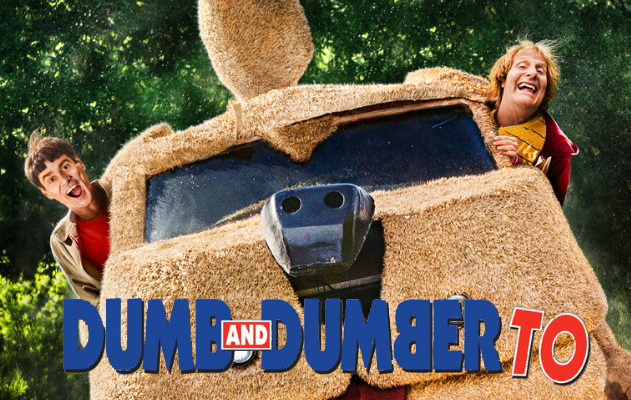By: Richard Van Heertum
The plague of repetition
Stories seem to have the half-life of nuclear waste these days, continuing on well beyond their expiration date, the maggots devouring our souls like a jukebox filled only with Justin Bieber songs. This is most obvious in the franchise film business, where sequels, prequels, reboots and spin-offs have kept stories alive for decades, from Superman and Batman to Fast and Furious and Rocky. Some franchises just seem unwilling to die, even preparing themselves for life after their original star has passed on (or passed on the project).
There seems to be no end in sight for most sequel-addicted genre, as the ongoing competition between DC and Marvel threatens to immerse us in their world of superheroes 24/7. We’re bracing ourselves for another attack of mutant dinosaurs on unsuspecting scientists and tourists (did they not get the news about the earlier disasters on the island?), for the next serving of Pirates of the Caribbean tripe, and for the latest franchise to suddenly reemerge from its 80s or 90s grave. Howard the Duck 2, anyone? When Paul Blart: Mall Cop 2 is not only released but makes a profit, don’t doubt the possibility of a Howard sequel for a moment.
This is, of course, true on the small screen as well as the big, with television adapting and expanding popular films (Hannibal, Uncle Buck, Rush Hour, School of Rock, Minority Report, Scream, etc., etc., etc.). Television episodes are, by their very nature, mini sequels, and long-running shows repeat formulas that have ensnared audience in tales that have long passed the length of 10 War and Peaces (e.g., Law & Order: SVU, Grey’s Anatomy, The Simpsons, NCIS and Family Guy). There’s also been a recent rush to excavate series wrapped up decades ago (Full House, The X-Files, Arrested Development and Twin Peaks, to name just four), and spinning off characters from one series to the next in a dizzying maelstrom of sameness to keep us from switching the dial (though this idiom might be due for an update itself).
When one considers the reasons for this tirelessly tiresome trend, the most obvious is money. Hollywood knows where the money is and, but for a few dry periods over the years, the industry has been particularly adept at finding ways to keep it rolling in. The expansion of global film markets has also played a role, as foreign audiences seem enamored with the turbo-charged, story-light spectacles on offer. This has happened concurrently, though, with a heightened competition for audiences, accelerated by the maturation of the Internet, with new modes of delivery and the dramatic expansion of television venues through expanded cable access.
Coming up
In this five-part series, I consider the reasons Hollywood has become so enamored with the never-ending storyline, continuing, recycling and rebooting the same tale over and over again into a hackneyed hairball of congestive unoriginality.
- In the first installment, I consider the historical context of our current unispired and repetitive era.
- In the second, I tell the tragedy of the Rise of the Blockbuster.
- In the third, I offer a more empirical analysis of sequel mania, looking at data over the past 25 years and considering why audiences continue to consume these eternal stories with such fervor.
- In the fourth entry in the series, I inspect the role of television as an instigator and purveyor of this shift, recycling the same themes, tropes and characters in a kaleidoscope of diversified sameness.
- I conclude by exploring the broader ramifications for filmmakers, scriptwriters, television producers and viewers alike.
Part I will appear next week, with the next four parts to follow over the subsequent weeks. Just in time to whet your whistle for Hollywood’s favorite self-congratulatory pageant.

No Comments on "The Endless Story: Sequels, reboots and prequels, oh my!"